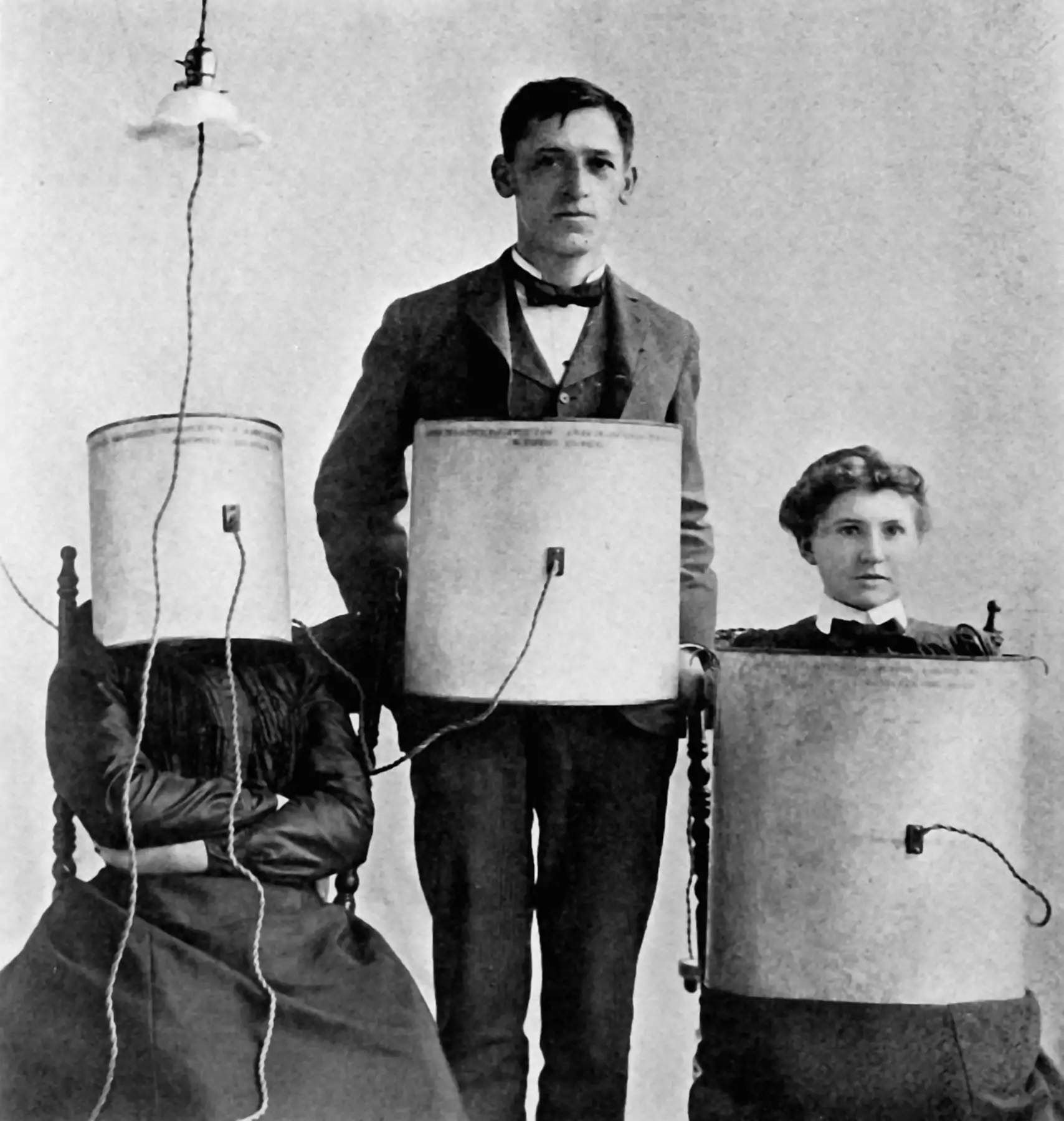Organising a photo collection
2020-01-03 — 2022-11-05
Wherein a survey of tools for sorting, metadata handling, and local AI tagging is presented, including the exiftool command to erase embedded metadata and mention of self‑hosted LibrePhotos.
1 Sorting and viewing
It would be nice to have some kind of smart annotation and viewing system which used AI to tag the photos without depending upon Google’s creepy data mining infrastructure. Apple Photos promises that, and Adobe Lightroom. The former only runs on the Mac and the latter is bloated and expensive. What are the alternatives? Checking the alternativeto listing for Apple Photos for some ideas here. We can also get far with the jwz thread on Lightroom replacement.
We can solve part of the problem image search; some of the below options are also image search engines.
- Iris Photos (macOS)
- Photo Mechanic (I don’t know what this app runs on or how expensive it is)
1.1 Darktable
- darktable (macOS, Windows, Linux)
darktable is an open-source photography workflow application and raw developer. A virtual lighttable and darkroom for photographers. It manages your digital negatives in a database, lets you view them through a zoomable lighttable and enables you to develop raw images and enhance them.
1.2 Geeqie
Geeqie is a free open software image viewer and organiser program for Linux, FreeBSD and other Unix-like operating systems.
Looks like one of the more-developed options. Have not tried.
1.3 Digikam
Digikam is a whole photo library and metadata management system. (Linux, macOS, Windows)
The application covers the photographic workflow consisting of these major stages:
- Set up your collections
- Import photos, raw files, and videos
- Organise your collections
- Search in your collections
- Browse, compare, and view items in your collections
- Post-processing, editing, assembling, and transforming your photos
- Share and publish photos
1.4 Tropy
Tropy is an open-source photo manager targeting researchers.
Tropy is free, open-source software that allows you to organise and describe photographs of research material. Once you have imported your photos into Tropy, you can combine photos into items (e.g., photos of the three pages of a letter into a single item), and group photos into lists. You can also describe the content of a photograph. Tropy uses customisable metadata templates with multiple fields for different properties of the content of your photo, for example, title, date, author, box, folder, collection, archive.
1.5 Exposure
Exposure X7 creative photo editor and organizer (Mac, Windows) organises photos and also has many photo-optimised editing functions. (USD140-160)
1.6 librephotos
2 What is it?
- Self-hosted wannabe Google Photos clone, with a slight focus on cool graphs
- Django backend & React frontend.
- In development. Contributions are welcome!
2.1 Features
2.1.1 Currently implemented:
- Label some faces manually, and train a face classifier to label the rest.
- View photos by people in them.
- Automatically generate “event” albums with nice titles, like “Thursday in Berlin”
- See photos on the map
- Backend caching
- View photos grouped by date
- “Optimised” frontend
- Detect objects in photos, and make them searchable by objects
- Search photos by the location
- Authentication (using JWT)
- Create custom albums
- Docker ready
3 Metadata
exiftool and exiv2 seem to be popular media manipulation libraries. pyexiv2 is a Python binding. Mediainfo is “a convenient unified display of the most relevant technical and tag data for video and audio files.”
Sometimes I do not want to add or index metadata, I want to erase it so it can be shared on the internet without doxing myself.
Here is one to erase all (or most) of the explicit metadata from an image:
NB:
ExifTool is not guaranteed to remove metadata completely from a file […]. For JPEG images, all APP segments (except Adobe APP14, which is not removed by default) and trailers are removed which effectively removes all metadata, but for other formats the results are less complete:
- JPEG — APP segments (except Adobe APP14) and trailers are removed.
- TIFF — XMP, IPTC and the ExifIFD are removed, but some EXIF may remain in IFD0.
- PNG — Only iTXt, tEXt and zTXt chunks (including XMP) are removed.
- PDF — The original metadata is never actually removed.
- PS — Only some PostScript and XMP may be deleted.
- MOV/MP4 — Only XMP is deleted.
- RAW formats — It is not recommended to remove all metadata from RAW images because this will likely remove some proprietary information that is necessary for proper rendering of the image.
mat is a command-line script that attempts to erase all metadata from everything it can handle. There is also a GUI, Metadata Cleaner. See also two unverified browser tools:
I would be amazed if image forensics could not infer something about the camera used from the image itself, but it is a start.
4 Image search
Finding images by the qualities or similarities to existing images. A.k.a. “reverse” image search, CBIR (content-based image retrieval), similarity search, fuzzy de-duplication.
See image search.
